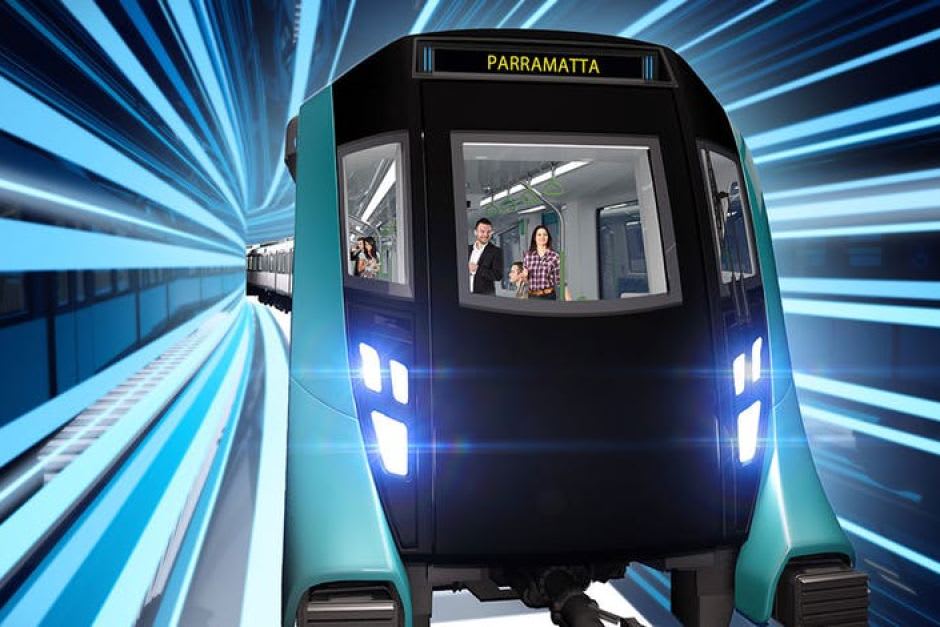50 kilometres of tunnel for the Suburban Rail Loop is not as eye-popping as you might think
Comment
A byproduct of the Andrews Government unveiling their election policy to take the Surban rail loop (SRL) concept to the next election is that it has raised many more questions than there are answers for.
After digesting the eye-popping numbers - around 50km of tunnels, a projected 400,000 passengers per day once the entire line is complete and up to $50 billion in costs - you can be forgiven for questioning how it may be built, let alone financed.
Fifty kilometres of tunnels is a very big number, regardless of whether the plan is to build it in phases. Conventional wisdom dictates much of the tunnel would be constructed using Tunnel Boring Machines and after the tunnel construction is complete, the TBMs are buried or dismantled and removed.
Two days after the SRL unveiling, another media release was shot out of the Department of Premier and Cabinet stating that Holmesglen Institute will host the new Victorian Tunnelling Centre. $16 million will pay for a replica tunnel "with a full-height entrance, three multi-purpose engineering workrooms and training facilities including tunnel shaft and concrete lining spray simulators, as well as virtual reality experiences," according to the media release.
The media release also states that Herrenknecht, the manufacturer of the TBMs to be used on the Melbourne Metro Tunnel project, will set up a local office and "maintenance facility and begin investigations to recycle these massive pieces of machinery locally, for deployment on new projects in Victoria’s infrastructure pipeline."
All these pieces falling into place look to avert the possible labour and plant cost risk of building many big tunneled projects at one time.
Likewise, let's look northwards to see what's been happening and what is happening in Sydney.
Next year the first phase of the Sydney metro will open between Chatswood and Tallawong in Sydney's outer north-west. The first phase of the project has seen 15km of new tunnels, an elevated section and multiple new stations to serve the growth areas on the outskirts of Sydney.
Crucially, Sydney Metro is repurposing the 13km tunnels (and 5 stations) between Epping and Chatswood which only opened for service in 2009.
The second phase of the metro line will run from Chatswood through another set of new tunnels measuring 15.5km under Port Jackson through the city and out to Sydenham where the line will then repurpose existing track to Bankstown.
In all, the first Sydney Metro line will be 66km in length and 66% (43.5km) will be in tunnels. 43.5 kilometres of tunnel - 2 brand new, 1 not 10 years old as yet - is somewhat comparable to the Suburban rail loop concept and the Premier's comments that the line will be underground from Cheltenham to Broadmeadows/Airport.
When you look at what's happening north of the Murray, suddenly 50km of tunnels in Melbourne, which is on the same population trajectory as Sydney, doesn't seem to be as out there as one may have thought it was. Casual reminder: the rail tunnels in NSW don't stop with the first metro line, the Sydney Metro West project is set to potentially add another 20km to the underground repertoire.
Of course, some might point to the many more stations the first Sydney metro line will have - and it's a valid point, but we need to remember the first phase of the project is like adding another radial line in Melbourne - metropolitan Sydney still has many 'gaps' in the middle and outer suburbs and the first phase of the metro project up north is plugging one of the two main gaps.
The other is the northern beaches which now has its own BRT line.
